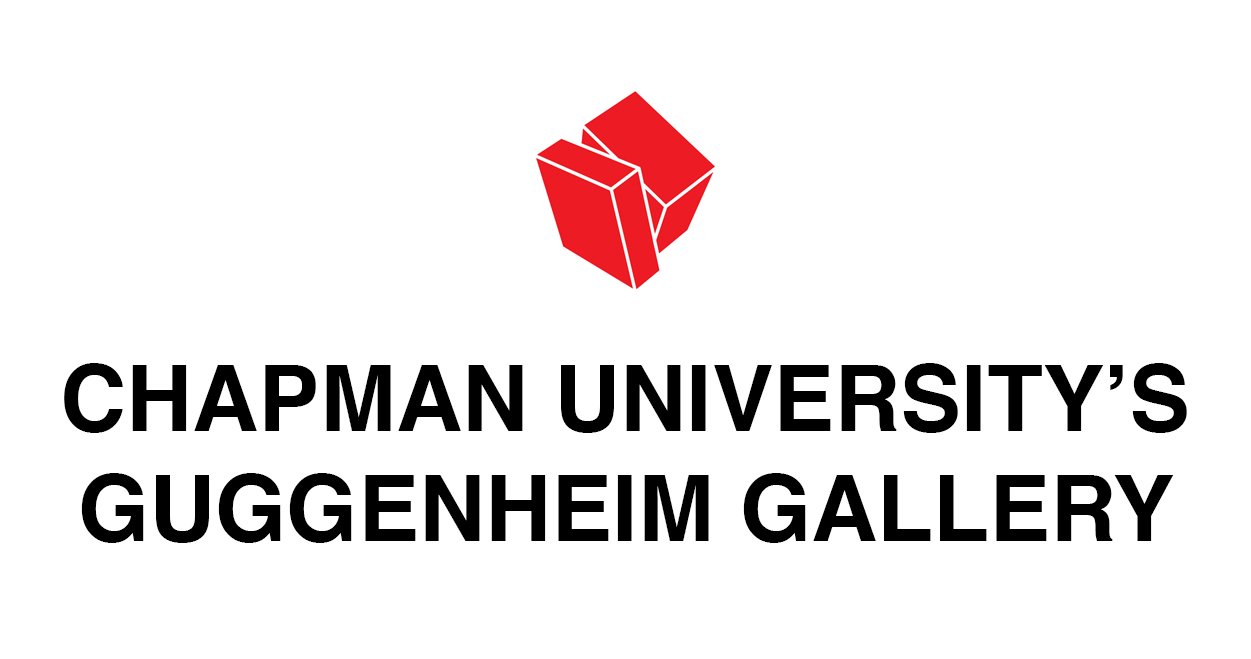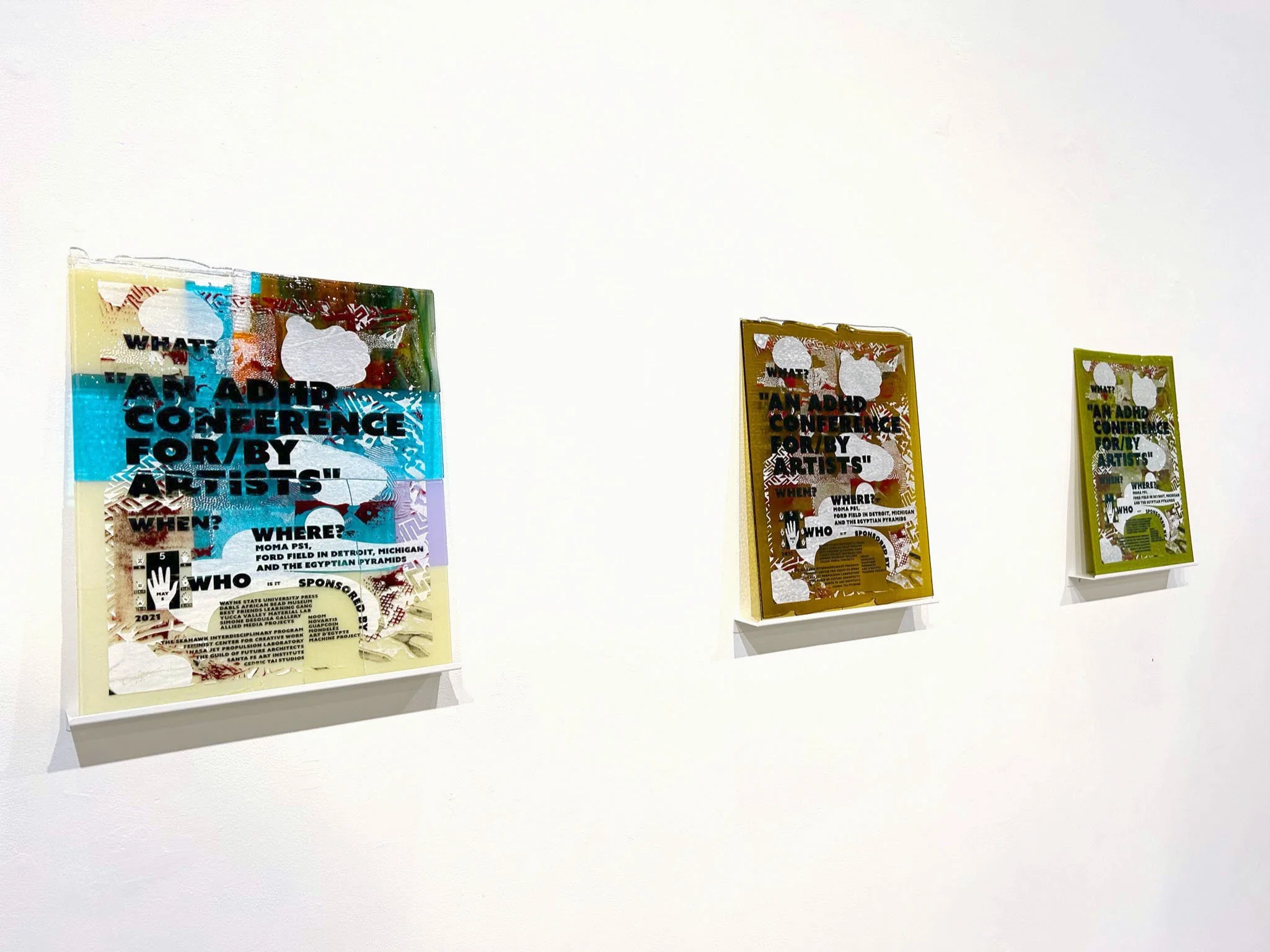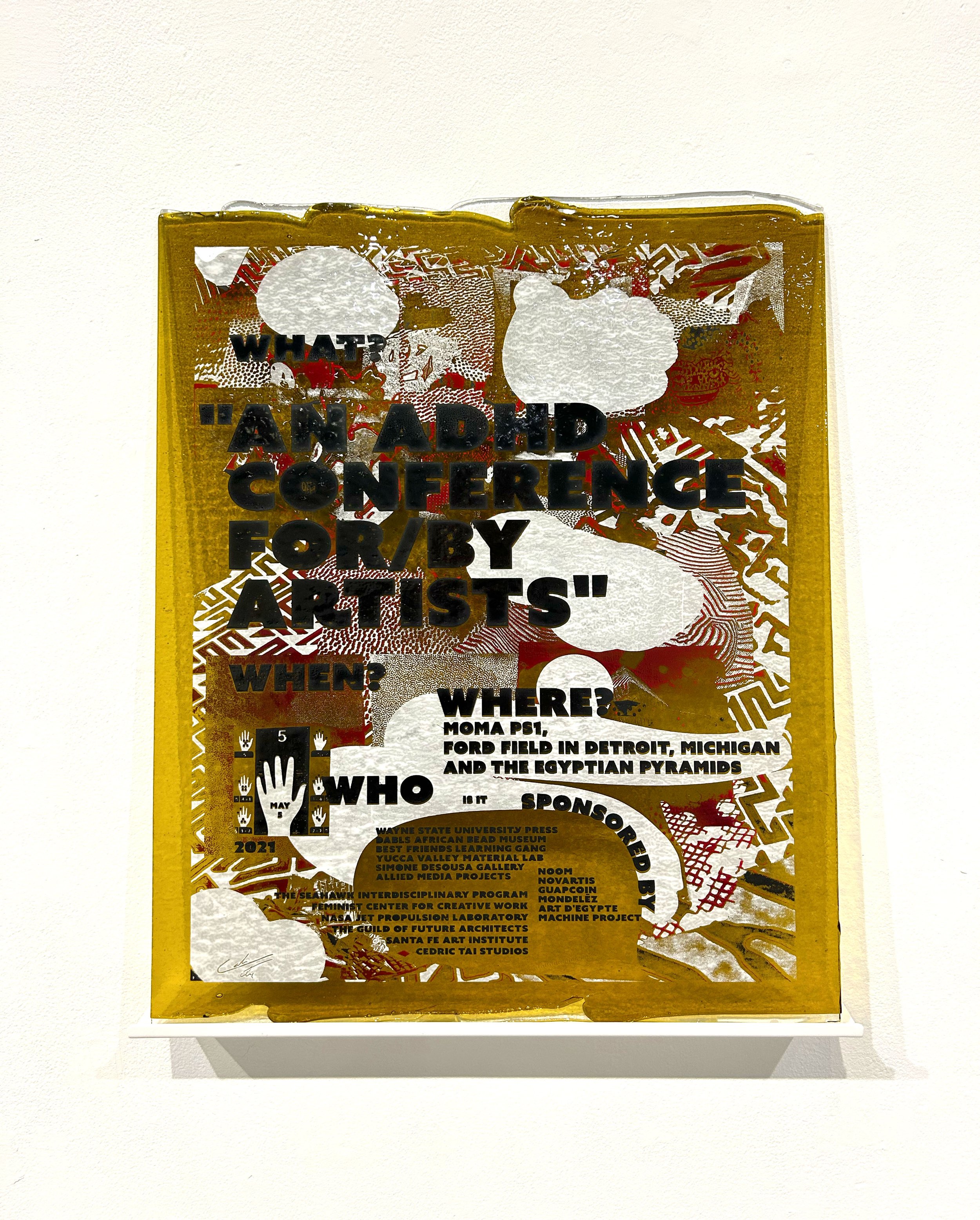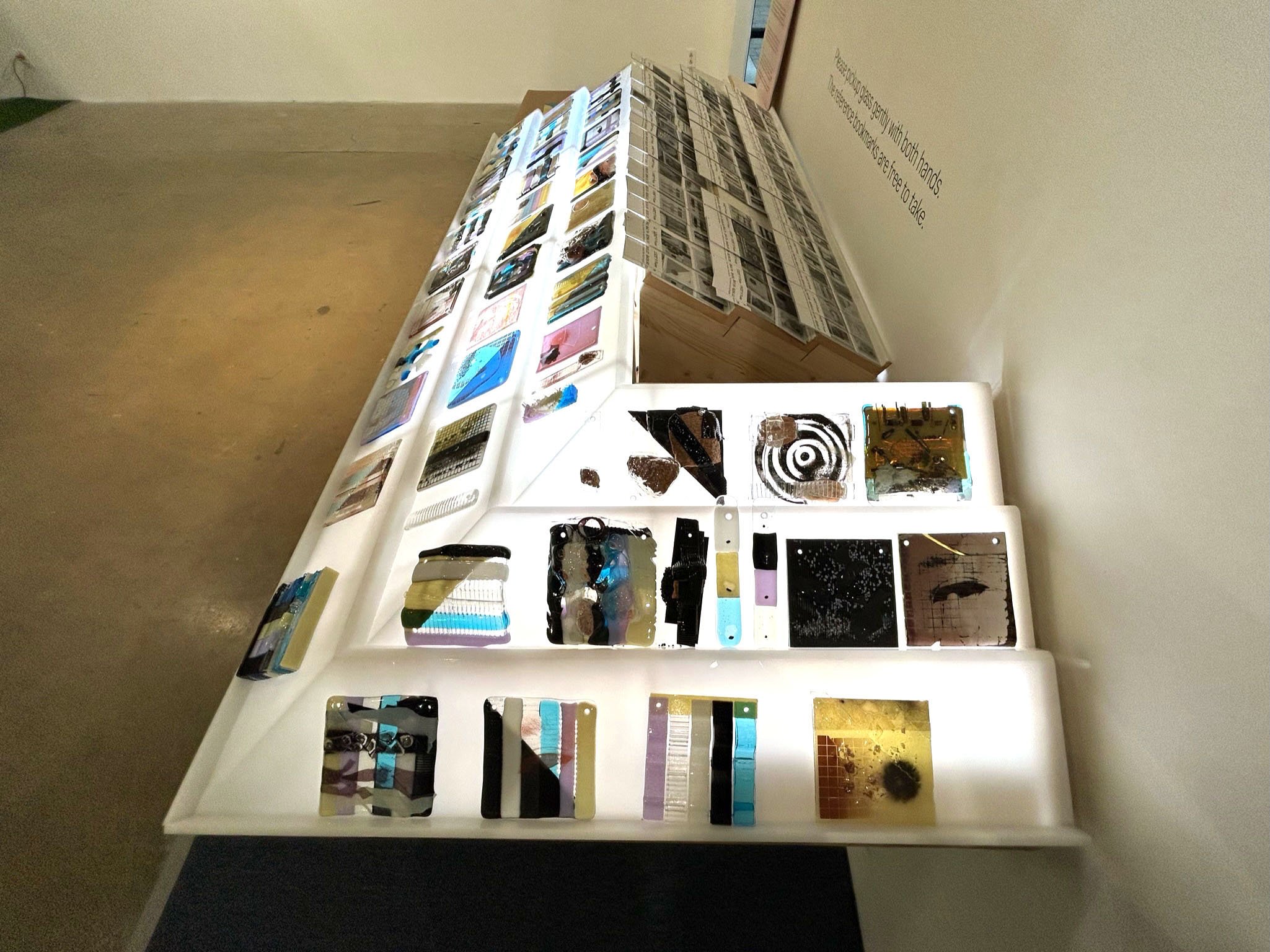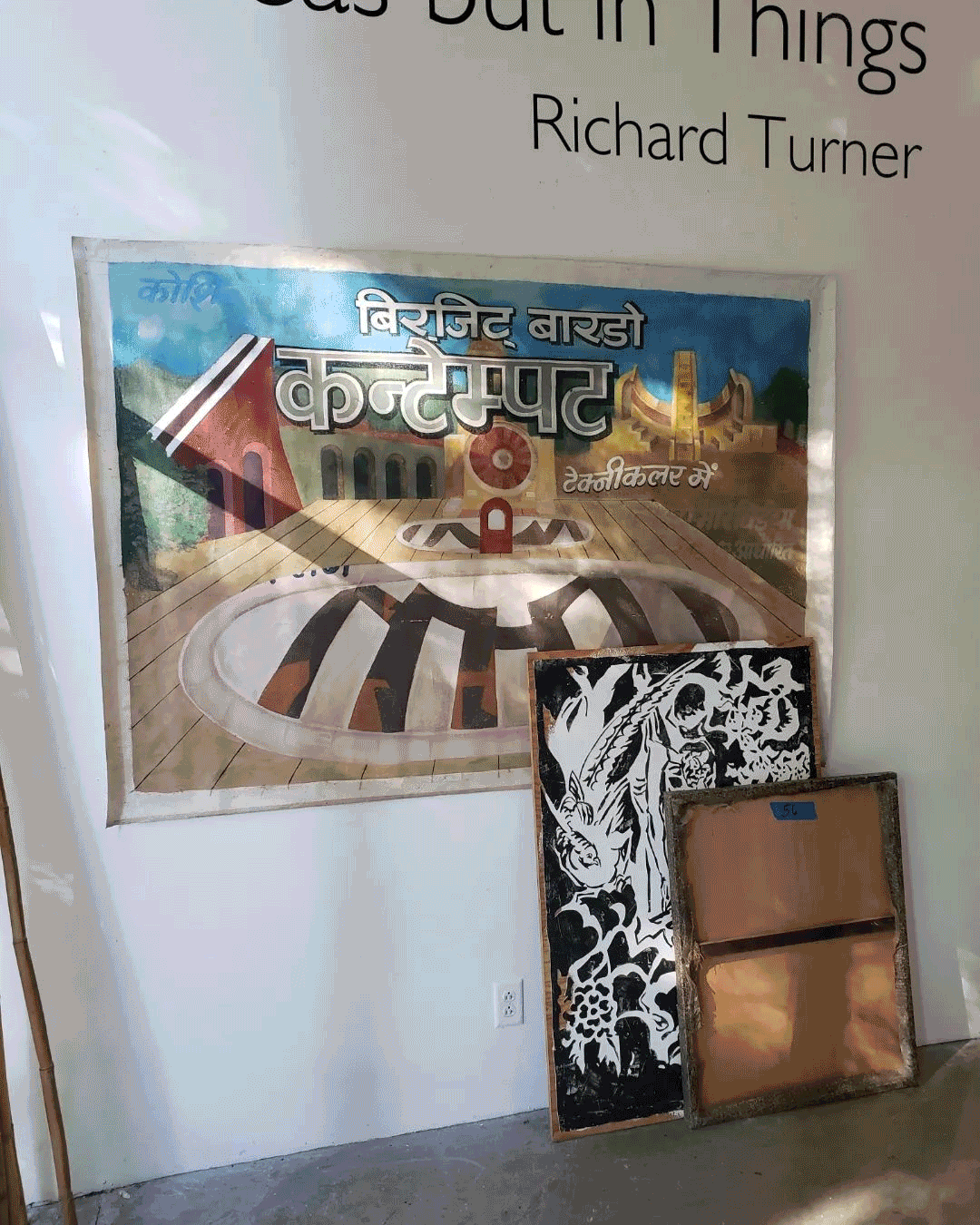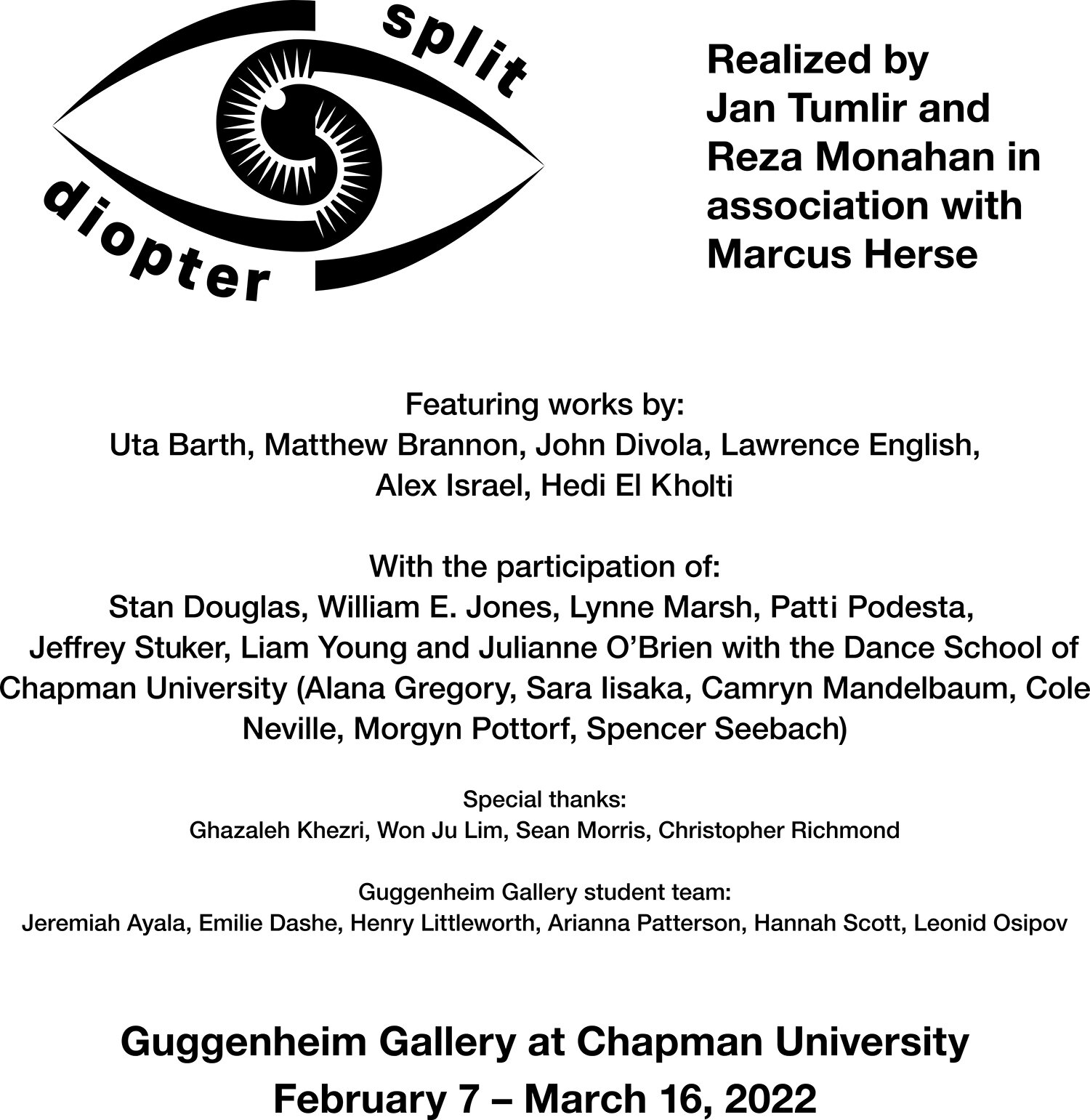Kim Ye, Thank You for Your Service, performance documentation (eulogy), 2022
KIM YE
m0mmy brain marketplace
February 10 – March 20, 2025
Please join us for the artist reception on Sunday, February 16, 2025 from 3-6pm
Chapman University's Guggenheim Gallery is thrilled to present Kim Ye: m0mmy brain marketplace, a solo exhibition showcasing the transformative works of Kim Ye. Known for her multifaceted practice spanning performance, video, installation, objects, and text, Ye brings a clear-eyed examination to topics often relegated to the private sphere.
The works in m0mmy brain marketplace survey the artist's creative evolution over the past five years, reflecting the impact of the COVID-19 pandemic on consumption, domesticity, and family-making. The series explores the pressures of online consumption, the intimacy of family life, and the transformations in labor and identity brought about by these circumstances.
The title plays on the concept of "mommy brain," a term often used pejoratively to describe the supposed cognitive fog associated with motherhood, implying a diminished mental capacity. In this context, the artist reclaims and reimagines the term, positioning "mommy brain" as a powerful site of transformation, negotiation, and multitasking. It becomes a metaphor for the complex interplay between identity, labor, and care, challenging reductive stereotypes.
At the same time, the title invokes the idea of the "marketplace" as a space of exchange—of ideas, resources, and commodities—that drives both economic and cultural systems. By linking the two concepts, the artist highlights the overlapping economies of motherhood and market participation, from emotional and reproductive labor to the consumption and circulation of goods. This duality underscores how personal identity and broader societal structures are deeply intertwined, offering a critical lens on the value systems that shape motherhood and the marketplace.
The pieces in this show encompass live performances, as well as performances for the screen. m0mmy brain marketplace presents these recent works in the gallery as modular video installations that stake out their own territory but also bleed into one another. Kim Ye collapses traditional boundaries between the artist, the medium, and the audience, using her biography and lived experiences as a lens to critique and reframe cultural narratives. Drawing from sources as varied as reality television, academic rhetoric, and erotic performance, Ye transforms these references into personal and embodied explorations, challenging separations between public and private spaces by exposing their overlap and melding intellectual rigor with emotional immediacy. Her work remixes cultural tropes into confrontational yet relatable experiences, blurring the boundaries of authority, subjectivity, and vulnerability and forcing audiences to confront their complicity in the systems she critiques.
While art often communicates through codified symbolic gestures to convey meaning, Ye's work operates within the tension between art's metaphorical nature and the literalness of erotic representation. Ye employs eroticism—explicit in its imagery, language, and immediacy—as a critical tool to challenge the frameworks of art and the taboos of social discourse. Her practice merges these seemingly disparate modes—the metaphorical and the sexually explicit—to create works that confront and reflect how we construct meaning, value, and desire.
Through this mirroring process, her work interrogates the mechanisms of art itself—how it elevates, codifies, and neutralizes the raw and direct. Rather than sublimating the erotic into the metaphorical, Ye holds it in tension, creating works that refuse to resolve neatly into the symbolic. This refusal invites audiences to reckon with the cultural frameworks through which they understand art and the erotic, destabilizing assumptions and revealing the ways the two have always been entwined.
In addressing themes of reverence and taboo, Ye not only critiques the systems that sanctify specific identities and stigmatize others but directly confronts the power structures that define these boundaries. Her work openly challenges the censorship and trigger warnings often applied to discussions about women's bodies, sexuality, and lived experiences—topics routinely marginalized or silenced under the guise of protecting sensitivities. By placing these binaries of sacred and profane, acceptable and forbidden, in direct dialogue, Ye destabilizes rigid categories, exposing the discomfort society harbors toward open conversations about the realities of women's lives. Often employing satire, humor, and wit to make these topics accessible, her work urges viewers to confront cultural anxieties and enact new possibilities for self-expression and societal transformation that resist silencing or erasure.
Kim Ye's ongoing inquiry into identity and performance examines how roles intersect with systems of power, cultural constructs, domesticity, and eroticism, uncovering the mechanisms that shape selfhood and society. By investigating how roles are assigned, embraced, resisted, or redefined, her practice reveals how identities and performances shape and are shaped by the systems in which they exist. Ye's work invites audiences to reflect on their participation in these systems, challenging them to reimagine a world where the intersections of power, culture, and identity become spaces of possibility and transformation rather than constraint.
BIO
Kim Ye (all pronouns, b, 1984 Beijing, China) is a Chinese American artist whose practice encompasses performance, video, installation, text, object-making, and social engagement. Combining popular cultural forms and rituals with personal archives, Ye interrogates the gendered constructs shaping perceptions of power, labor, and taboo. Her work negotiates the body as both a site of domination and a source of dominance and describes the entanglement between private fantasies and desires, and public discourse and ideology. Activating the artist/viewer dynamic with strategies emergent from sex worker and BDSM communities, Ye offers a queered reinterpretation of the forces that enforce and reproduce normativity. She has worked professionally as a dominatrix since 2011 and has been on the board of Sex Workers Outreach Project Los Angeles (SWOPLA) since 2019.
She was a 2023-24 Mellon Arts Fellow at Stanford University's Center for Comparative Studies in Race and Ethnicity and a California Arts Council Creative Corps Fellow at Community Partners. Her work has been funded by the California Arts Council (USA), The National Endowment for the Arts (USA), Foundation for Contemporary Art (USA), Mellon Foundation (USA), and The Australia Council for the Arts (Australia). Her work has been featured nationally and internationally at institutions such as The Getty, MOCA, Wattis Institute, Hammer Museum, Banff Center for Arts, Material Art Fair, and Frieze Film Seoul, among others. Ye received her MFA from UCLA in 2012 and BA from Pomona College in Claremont, California, in 2007, and is currently visiting faculty in CalArts's Photography & Media program.
This project was supported, in part, by a Foundation for Contemporary Arts Emergency Grant.
